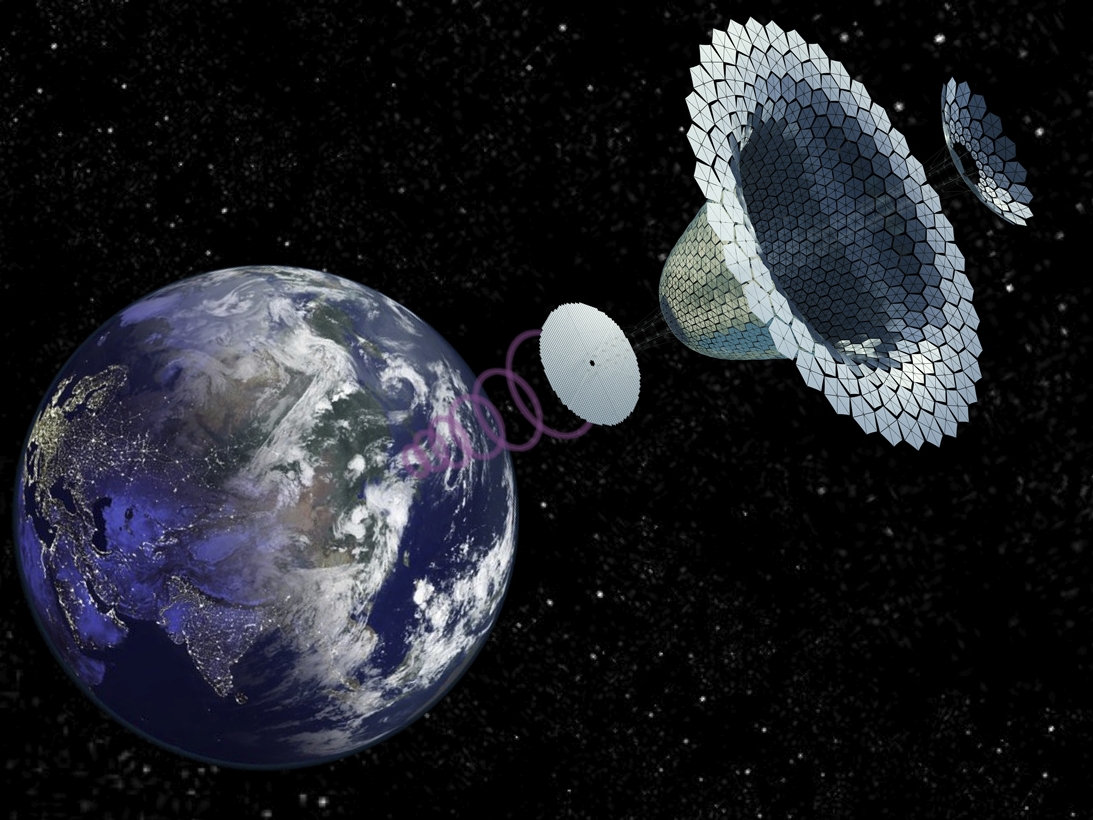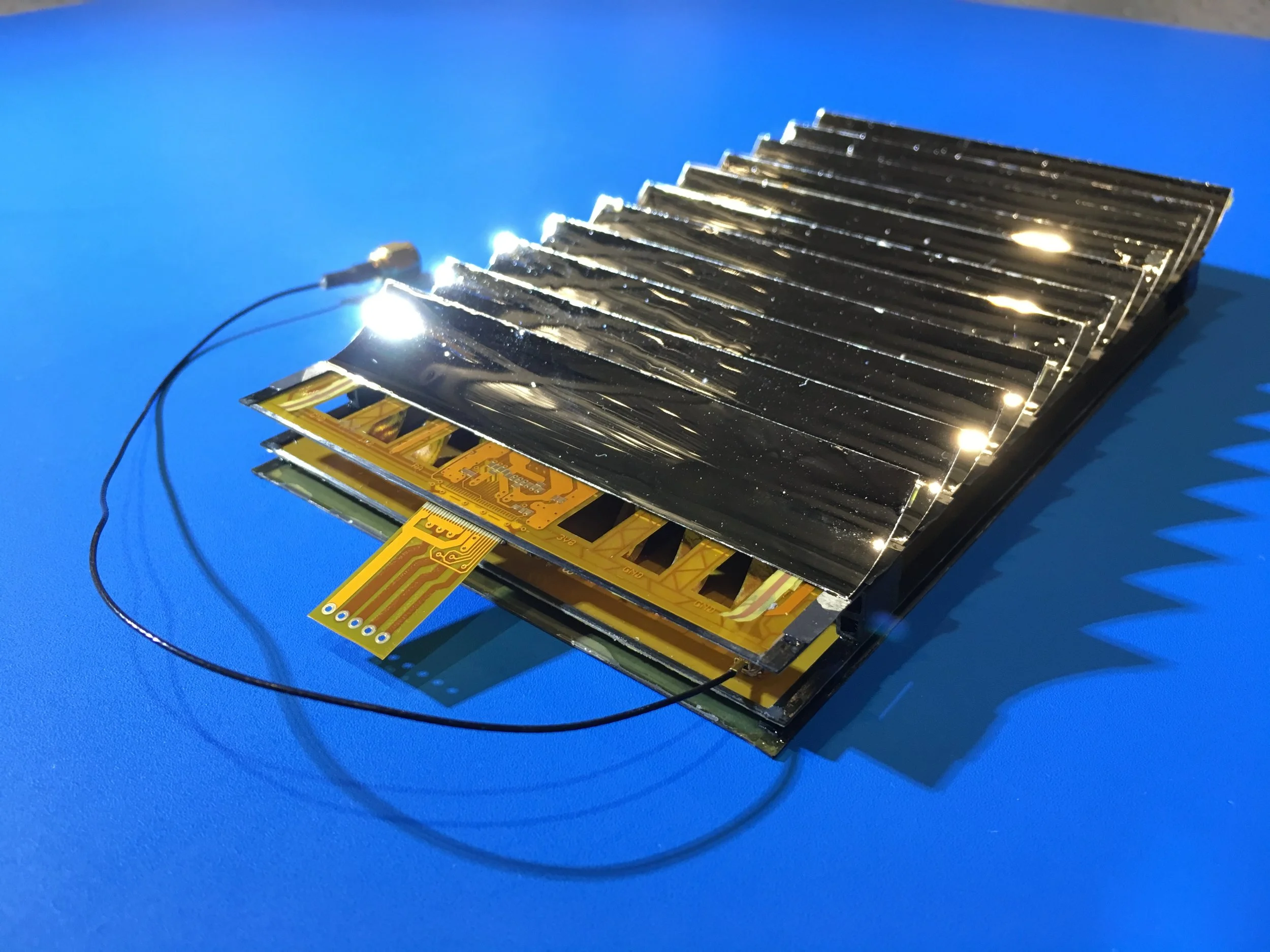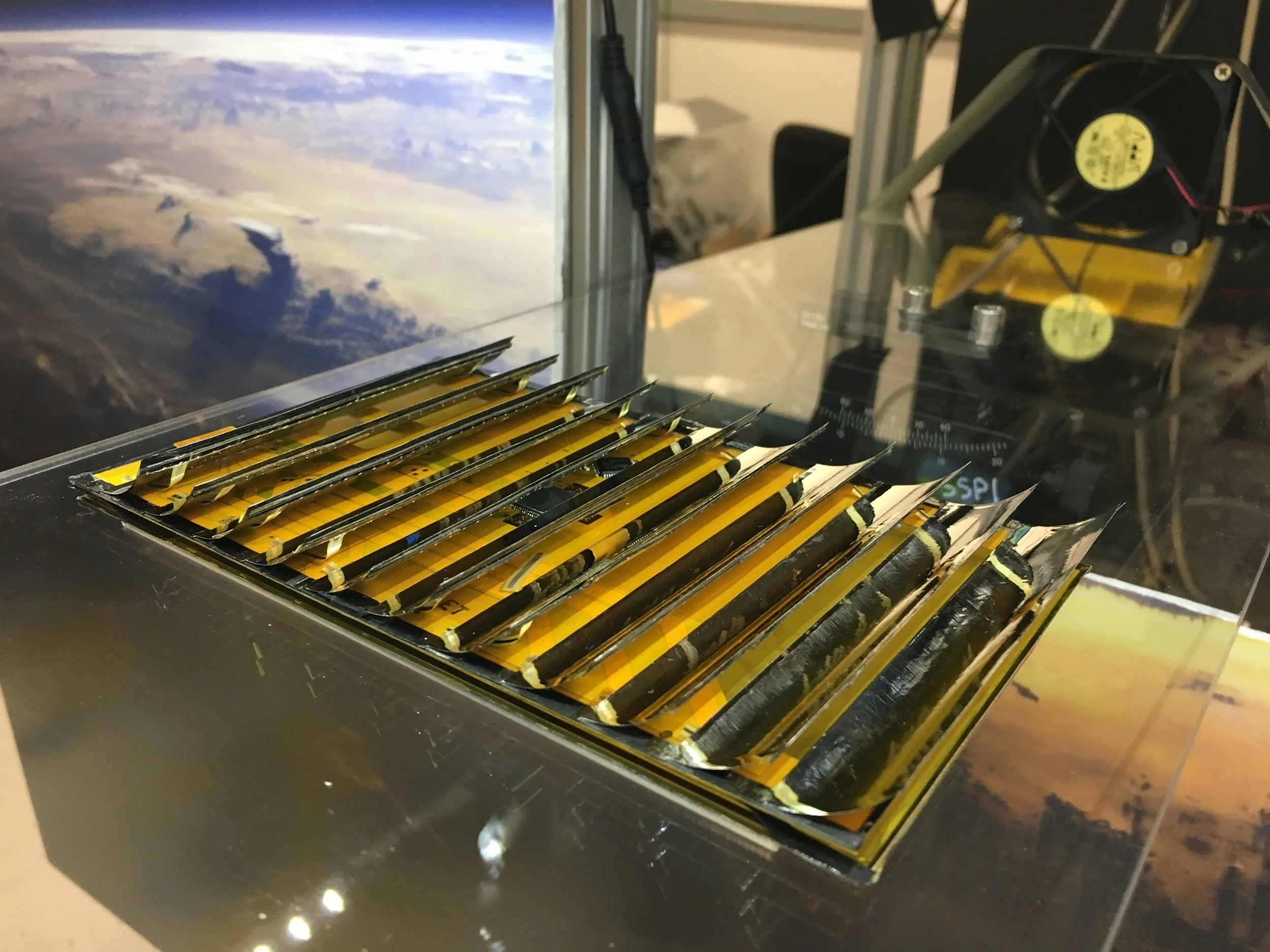
History
Collecting solar power in space and wirelessly transmitting it has long been envisioned, first described by Isaac Asimov in 1941 in his short story “Reason.” In 1968, American aerospace engineering Peter Glaser published the first technical article on the concept - “Power from the Sun: Its Future” in the journal Science.

1970s - early 2000s
Space solar power attracted much attention in the 1970s as the main necessary individual technical components (solar power in space and wireless power transmission) were demonstrated. NASA technical reports indicated that the concept was technically feasible. Despite that, the idea was economically unrealistic at the time. However, recent advances in photovoltaics, structures, electronics, and lower launch costs could make space solar power a reality in the near future.

May 2013
Donald Bren, chairman of the Irvine Company and life member of the Caltech Board of Trustees, and his wife, Brigitte, who is a Caltech trustee, make a $100 million investment that helps form the Space-based Solar Power Project (SSPP).

April 2015
A research agreement between the Northrop Grumman Corporation and Caltech provides up to $17.5M for the development of scientific and technological innovations necessary to enable a space solar power system. Three Caltech professors jointly lead the project: Harry Atwater, Ali Hajimiri, and Sergio Pellegrino.

May 2017
The first ultralight integrated prototype collecting solar power and wirelessly transmitting it is demonstrated at Caltech. The prototype has an aeral density of 1.5 kg/m2, more than 10x lighter than previous examples. This modular element can be repeated over an arbitrary area to form a large aperture which could be placed in orbit to collect sunlight and transmit power to any location.

December 2017
The second iteration functional prototype is demonstrated at Caltech. This prototype is 33% lighter than the first version, achieving areal density of less than 1 kg/m2. It integrates photovoltaics and power transfer circuitry and incorporates beam steering.







